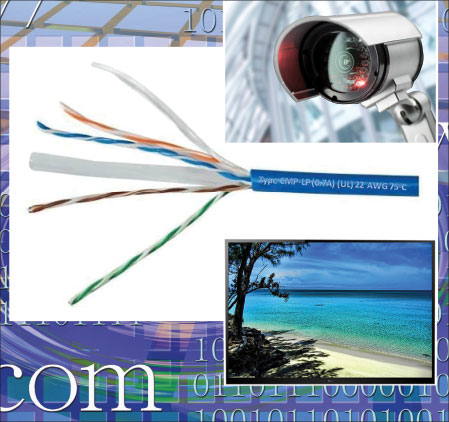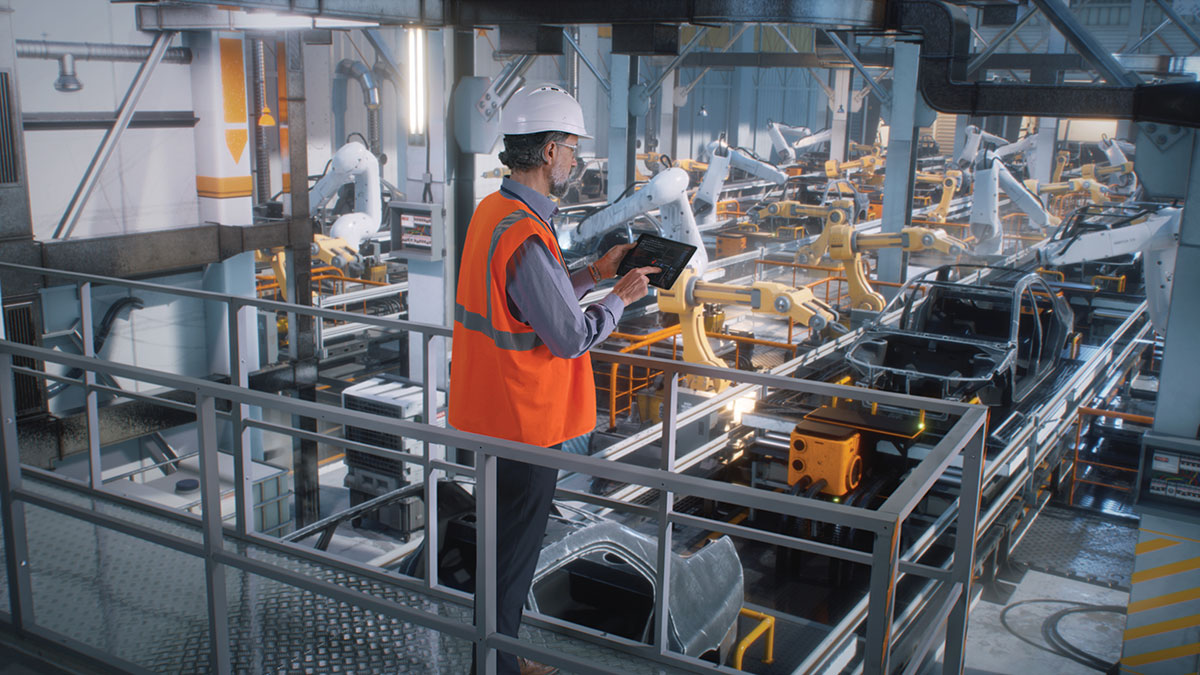Question
I see that a new Section 725.144(B) in the 2017 NEC addresses LP cable. What is LP cable?
Answer
LP is an acronym for “limited power.” An -LP suffix on communication and power limited Class 2 and 3 cables means that the cables have been evaluated specifically to carry both power and data at a defined current level when installed in bundles of unspecified size. The specific current level can be found adjacent to the LP designation on a cable. The LP designation was established as a simple method to address LAN (local area network) twisted pair cables that carry both power and data in a single cable to supply power to equipment such as internet protocol (IP) surveillance cameras (with positioning motors and heaters), intelligent LED lighting systems using Power over Ethernet (PoE) and flat-screen displays using Power over HDBaseT (PoH), to name a few.
The LP rating communicates that a cable has been tested for its ability to handle the LP rating per conductor without exceeding the temperature rating of the cable. Part of the testing and final determination of acceptance includes powering all of the conductors in a large, tightly packed bundle at a LP rating, enclosing the bundle in conduit, insulating the ends of the conduit to prevent heat escape and adding a +20°C adjustment factor over a 25°C normal ambient to the temperature results.
Prior to the addition of Section 725.144 and Table 725.144 in the 2017 NEC, designers, installers and AHJs did not know if a safety hazard could occur when 4-pair data cables carrying power as well as data were bundled together in cable trays or cable routing assemblies. To address the risks of cable heating associated with cables carrying power and data, UL conducted a fact-finding investigation to support the addition of Table 725.144 in the 2017 NEC that establishes an ampacity table for each 22 to 26 AWG conductor in 4-pair Class 2 or Class 3 data cables in bundles up to 192 cables.
NEC 725.144(A) requires Class 2 and Class 3 cables used to transmit power and data to comply with Table 725.144 to determine code-compliant ampacities for each conductor in an installation.
NEC 725.144(B) permits the use of Class 2-LP or Class 3-LP cables to supply power to equipment at current levels up to the marked ampere limit located immediately following the -LP suffix. No bundle size limits are specified. The Informational Note 2 to this section also permits LP cable to be used in accordance with the ampacities in Table 725.144 that are the same as Class 2 and Class 3 cables without the LP suffix based on the AWG size, temperature ratings and bundle size, even though the current may be higher than the LP rating of the cable.
LP cables are Certified (Listed) under the product categories of Communications Cable (DUZX) and Power Limited Circuit Cable (QPTZ). The UL guide information and Certifications (Listings) can be located on UL Product Spec at www.ul.com/productspec; enter DUZX or QPTZ at the UL category code search. The guide information for both categories state the following regarding cable with the -LP suffix: “Cable that complies with the cable heating test is permitted to be surface marked ‘-LP’ (XXA), where ‘XX’ is 0.5, 0.6, 0.7, 0.8, 0.9 or 1.0 to designate the current rating that each conductor in the cable is permitted to carry in large or undetermined bundles. This rating is optional, and cable marked ‘-LP’ is permitted to be installed in accordance with standard ampacity tables based on the AWG size, temperature ratings and bundle size, even though the current may be higher than the LP rating of the cable.
In summary, Certified (Listed) Class 2 or Class 3, 4-Pair Data cable as well as those cables with an LP suffix can be used to transmit power and data, provided that they comply with ampacity table 725.144 in the 2017 NEC or are used within the marked LP rating. In bundles exceeding the table limit of 192 cables, each conductor in a LP cable can be used up to the LP ampere rating. For cables without the LP suffix in bundles exceeding 192 cables, ampacities would have to be determined by qualified personnel under engineering supervision.














Find Us on Socials